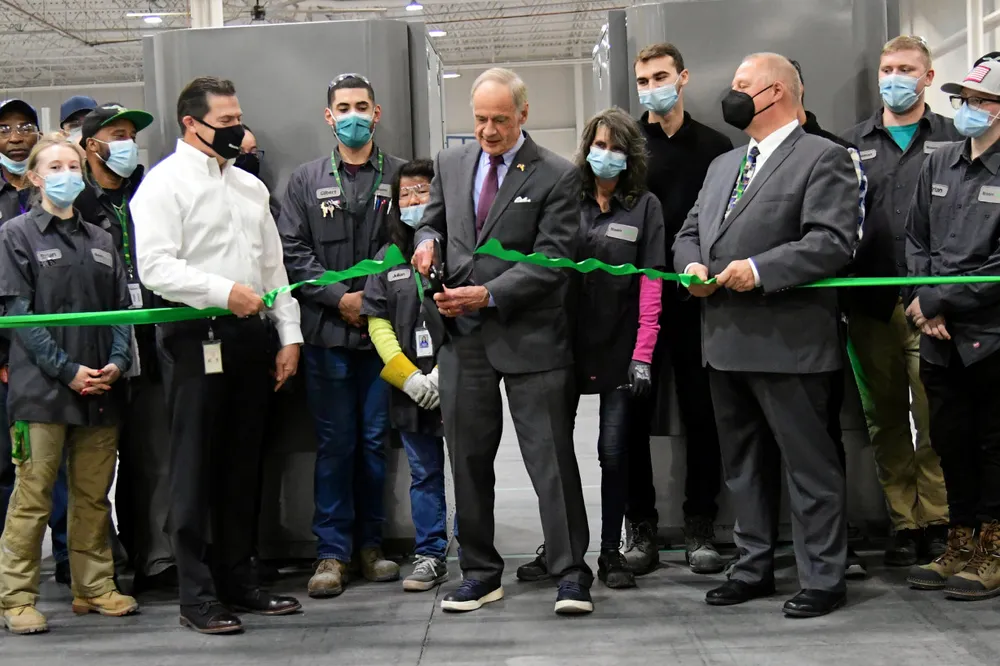New global leader | Bloom Energy increases annual hydrogen electrolyser production to 2GW
US company now has the biggest electrolyser manufacturing output in the world, with double that of its closest rival

US company now has the biggest electrolyser manufacturing output in the world, with double that of its closest rival
